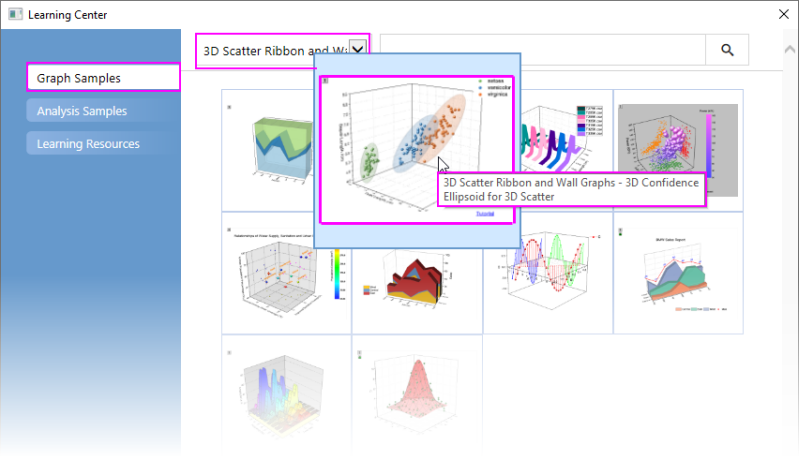
#Xlstat versions with 3d scatter Pc
A scree plot shows how much variation each PC captures from the data. This is due to the fact that () class scales the variables to unit variance prior to calculating the covariance matrices PCA scree plot The good news is, if the first two or three PCs have capture most of the information, then we can ignore the rest without losing anything important. A report showing the information content of each componenent (and up to which the given percentage of the variance is explained) When we plot the transformed dataset onto the new 2-dimensional subspace, we observe that the scatter plots from our step by step approach and the () class do not look identical. Data are rotated using varimax transformation to find the optimum orientation.
#Xlstat versions with 3d scatter how to
The video demonstrates how to perform a principal component analysis (PCA) using NumXL 1.60 in Microsoft Excel.Make a 2D scatter plot of 2 variables (e.g. In Excel create a dataset with columns x,y,z and a couple of rows of data (the sample dataset below represents the 8 corners of a 3D cube).

XLSTAT provides a complete and flexible PCA feature to explore your data directly in Excel It is widely used in biostatistics, marketing, sociology, and many other fields. Principal Component Analysis (PCA) is a powerful and popular multivariate analysis method that lets you investigate multidimensional datasets with quantitative variables.Figure 2 shows an example of a scatter plot where each data point represents the expression of a single gene at time points 5 days (horizontal axis) and 7 days (vertical axis)




 0 kommentar(er)
0 kommentar(er)
